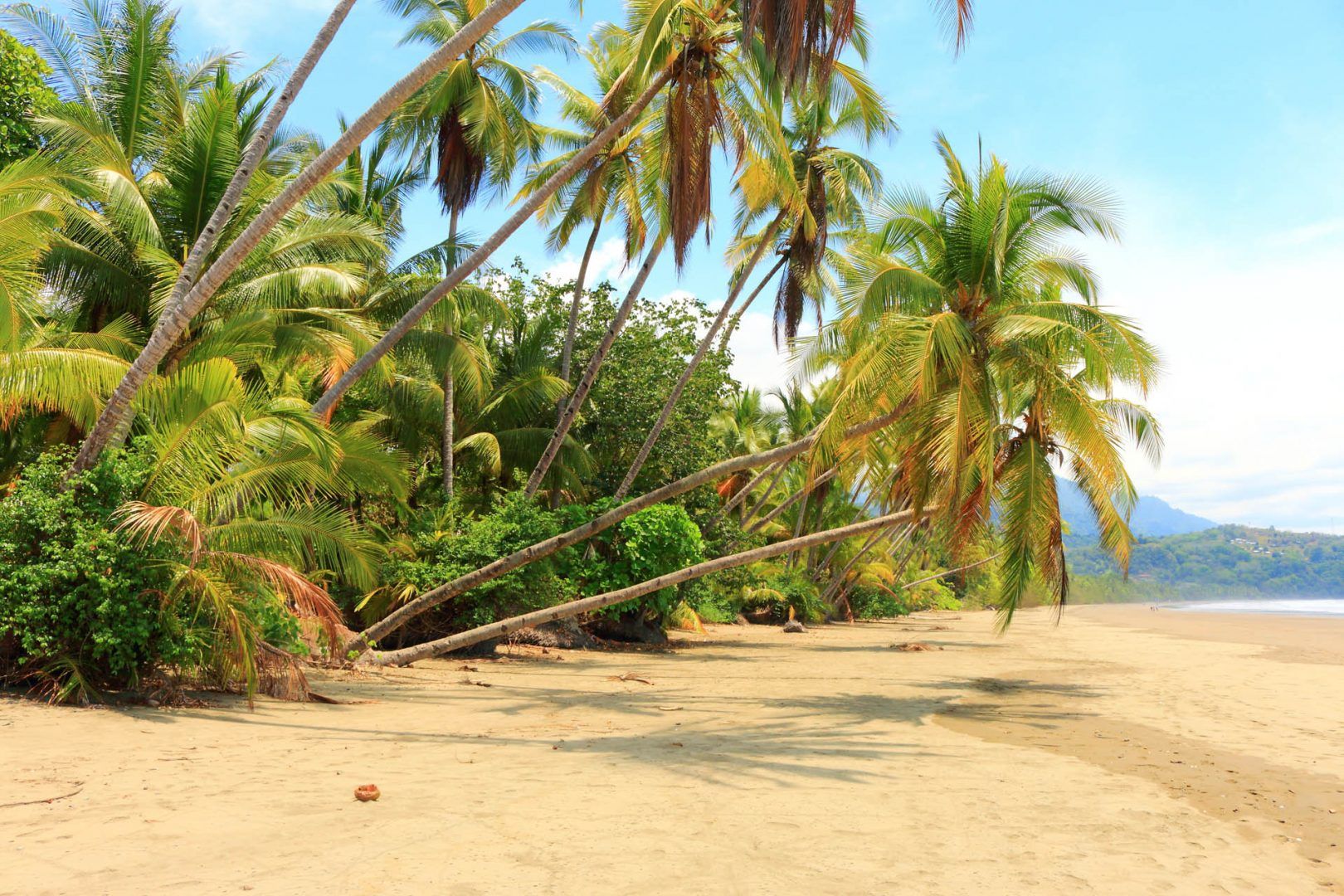Planning your trip to Costa Rica in November
Some Costa Rica travel tips for your November trip:
What to pack
This is one of those in-between months where you’ll want to pack for both wet and dry days. Keep the rain jacket and waterproof shoes, but also throw in a couple of lightweight outfits for when the sun breaks through. A packable umbrella isn’t a bad idea either.
With mosquitoes at their peak, bring strong repellent and maybe a bug-proof layer—light, long-sleeve shirts or pants work well. You can also find clothes treated with insect shield, which saves you from having to reapply spray constantly.
If you’re doing any rafting or water-heavy stuff, bring clothes you don’t mind getting soaked and that’ll dry fast. River sandals with good soles are better than flip-flops here. And since trails stay muddy, hiking shoes with ankle support are a good idea.
Planning your itinerary
If you’re going to Costa Rica in November, starting with an itinerary can help guide your trip. Here are some suggestions:
- Costa Rica itinerary 5 days: Start in San José to check out cultural highlights, then head to La Fortuna for its rainforest trails and waterfalls. Hike around Arenal Volcano and enjoy hot springs, then finish in Monteverde with its cloud forests and hanging bridges. Wrap it up with a coffee farm tour back in San José.
- Costa Rica itinerary 7 days: Begin your trip in San José, then explore Manuel Antonio’s beaches and rainforests. Check out Monteverde’s cloud forest and hanging bridges, and end in La Fortuna with Arenal Volcano’s trails, waterfalls, and hot springs.
- Costa Rica itinerary 10 days: Start in San José, head to Tortuguero’s canals, then travel to La Fortuna and Arenal Volcano. Spend some time in Manuel Antonio National Park and finish your trip with surfing and sunset views at Jaco Beach.
- Costa Rica itinerary 14 days: Comprehensive route starting in San José, followed by Tortuguero’s canals, Puerto Viejo’s Caribbean charm, and Cahuita’s coral reefs. Visit La Fortuna and Arenal Volcano, Monteverde’s cloud forests, and wrap up at Manuel Antonio’s beaches and wildlife.
When to book
November starts out wet but gradually dries out, especially in the Northern Pacific. The first couple of weeks are still low season, so it’s a good time to visit if you want better weather without peak prices. Things change during Thanksgiving week, when visitors from North America start arriving and rates go up.
The Caribbean side starts to get wetter around now, while the Pacific—especially Guanacaste and the Nicoya Peninsula—begins drying out. If you’re planning a trip during Thanksgiving week, you’ll want to book accommodations two to three months ahead. For the rest of the month, you usually don’t need to book too far in advance unless you're eyeing a popular spot.
Emergency weather information
The weather in Costa Rica in November usually starts to calm down, but it’s not completely in the clear—especially early in the month. Late-season tropical storms can still roll through. The ground is already soaked from months of rain, so landslides are still a real concern, even if it only rains for a short time.
Rivers can rise fast and without much warning. If you’re crossing rivers or driving in rural areas, keep that in mind. On the Caribbean side—places like Puerto Viejo, Cahuita, and Tortuguero—this is actually their rainiest stretch, so flooding there is more likely.
If you're in a remote area, just know that emergency crews might be tied up dealing with multiple incidents at once, so response times could be slow.
For more travel inspiration, see our guide to creating your own Costa Rica itinerary, with tips from local travel experts, or find extra advices in our tailored Costa Rica trips.







